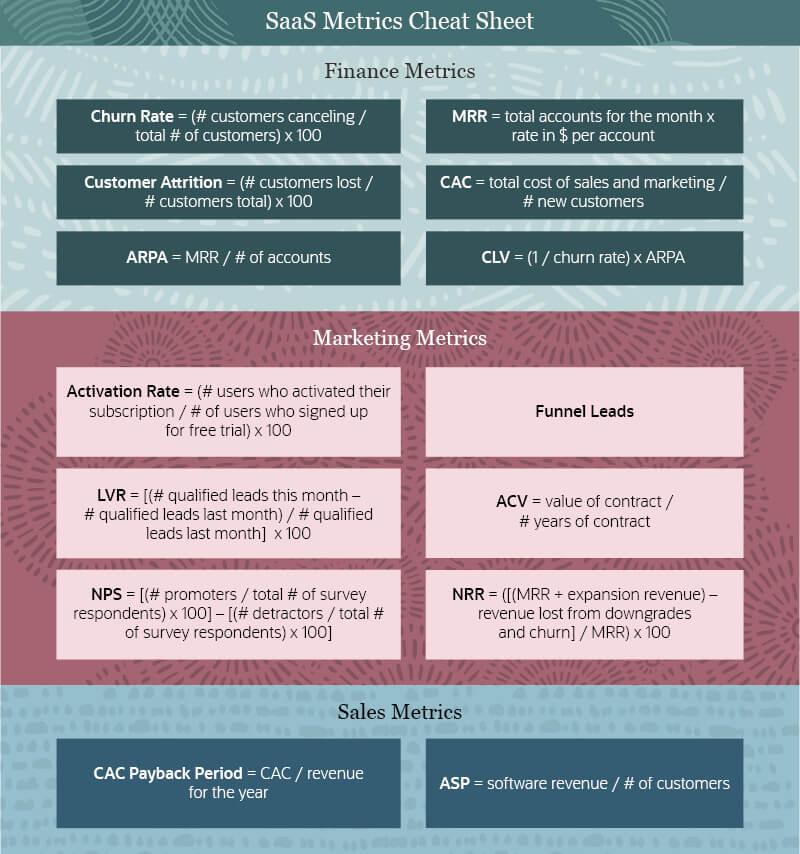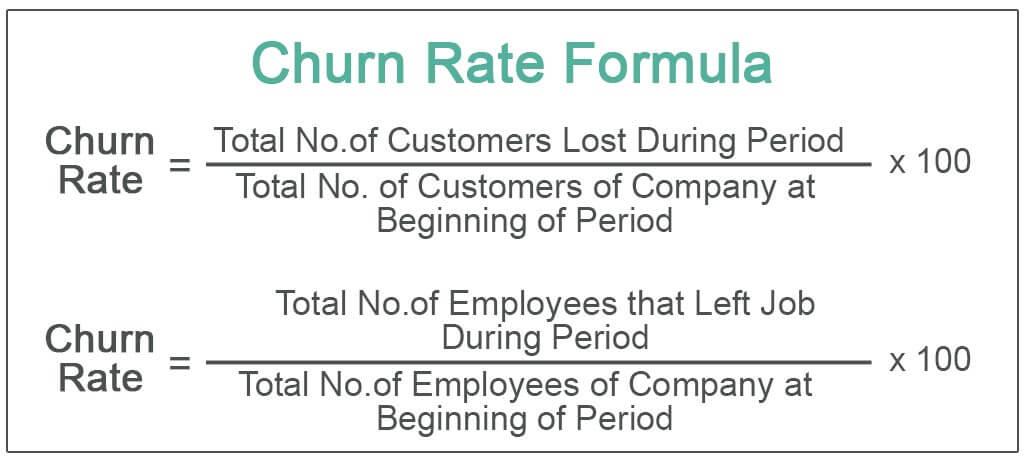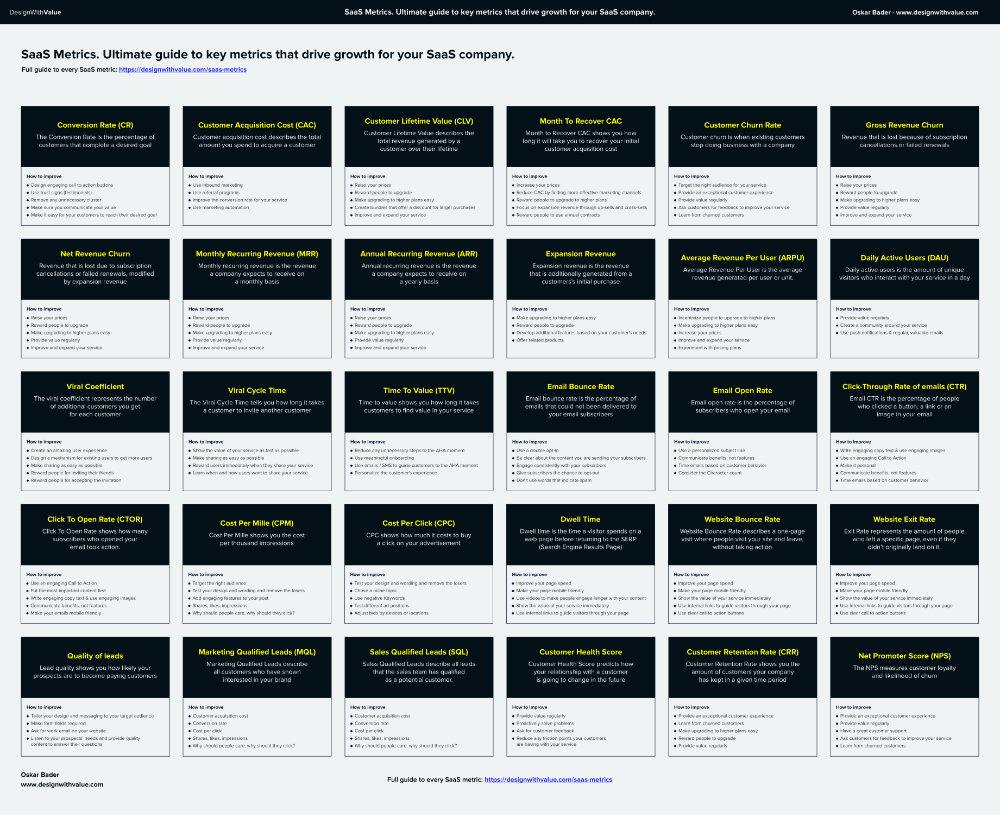In the dynamic realm of Software as a Service (SaaS), success isn’t just a goal; it’s a journey marked by data, insights, and well-informed decisions. As businesses increasingly turn to the cloud for solutions, understanding the metrics that define progress has never been more critical. “Unlocking Success: Essential SaaS Metrics and KPIs Explained” delves into the key performance indicators that serve as the backbone of effective SaaS strategies. From customer acquisition costs to lifetime value, each metric tells a story, offering a roadmap for growth and sustainability. Join us as we unpack these essential figures, providing clarity and direction for entrepreneurs and executives alike in the fast-evolving digital landscape. Whether you’re a seasoned professional or just beginning your SaaS journey, this article will equip you with the knowledge needed to navigate the complexities of the industry and harness the power of data for informed decision-making.
Understanding Key SaaS Metrics: The Foundation of Success
In the world of Software as a Service (SaaS), understanding crucial metrics is imperative for fostering growth and sustainability. These metrics serve as a compass, guiding companies toward informed decision-making and strategic adjustments. Key performance indicators (KPIs) such as Customer Acquisition Cost (CAC), Monthly Recurring Revenue (MRR), and Customer Lifetime Value (CLV) provide insights into financial health and operational effectiveness. Focusing on these indicators empowers businesses to identify trends, pinpoint operational weaknesses, and allocate resources efficiently.
Furthermore, analyzing metrics like Churn Rate and Customer Engagement creates a holistic picture of user satisfaction and retention. A low churn rate suggests strong product-market fit, while high engagement levels typically indicate that users find value in the service. To simplify the tracking process, businesses can categorize metrics into various segments:
- Financial Metrics: CAC, MRR, CLV
- Customer Metrics: Churn Rate, Net Promoter Score (NPS)
- Product Metrics: Feature Usage, User Logins

Decoding Customer Acquisition: Metrics That Matter
In the competitive landscape of SaaS, quantifying success involves analyzing various metrics that directly impact customer acquisition. To truly understand where your efforts are yielding results, focus on key indicators such as Customer Acquisition Cost (CAC) and Customer Lifetime Value (CLV). These metrics not only provide insights into the efficiency of your marketing strategies but also help establish the sustainability of your business model. Recognizing the relationship between CAC and CLV can reveal whether you’re investing wisely in your growth strategy.
Another essential aspect of customer acquisition lies in tracking the Conversion Rate and Churn Rate. The conversion rate reveals how effectively your sales funnel turns prospects into paying customers, while the churn rate highlights the percentage of customers who leave your service over a specific period. Understanding these metrics allows you to refine your customer engagement strategies and adjust your retention tactics. Consider the following metrics to guide your analysis:
- Monthly Recurring Revenue (MRR): Stabilizes revenue predictions.
- Lead-to-Customer Ratio: Measures how many leads become customers.
- Net Promoter Score (NPS): Gauges customer loyalty and satisfaction.

Navigating Churn Rates: Strategies for Retention and Growth
Churn rates can significantly impact a SaaS business, making it essential to develop effective strategies that not only reduce customer attrition but also enhance engagement. One of the most effective approaches is to prioritize customer feedback. By actively soliciting and acting on customer insights, companies can identify pain points and adjust their offerings accordingly. Consider implementing systems like in-app surveys or regular feedback sessions. Additionally, fostering a strong onboarding process that educates users about the full features of the product plays a pivotal role in retention. When customers feel empowered and understand how to utilize your SaaS platform to its full potential, they are far less likely to leave.
Moreover, maintaining a high level of customer support can be a game changer. A dedicated support team, readily available through multiple channels such as chat, email, and phone, ensures that users never feel abandoned. Coupled with personalized follow-ups and proactive outreach, this can strengthen the customer relationship. The following strategies can help in achieving this:
- Implement loyalty programs to reward long-term customers
- Use analytics tools to monitor user engagement and activity
- Develop a community forum to encourage peer-to-peer support and interaction

Revenue Optimization: KPIs to Enhance Profitability
To ensure robust revenue optimization, it is essential to track specific key performance indicators (KPIs) that directly impact profitability. Among these, Customer Lifetime Value (CLTV) stands out, as it quantifies the total revenue a business can expect from a customer throughout their relationship. To increase CLTV, companies can focus on enhancing customer engagement and delivering exceptional service. Another critical KPI is the Monthly Recurring Revenue (MRR), a consistent income metric that reflects the health of your SaaS business. Regular monitoring of MRR can help identify trends and make informed business decisions.
To streamline revenue optimization efforts, consider these additional KPIs:
- Churn Rate: Understanding customer retention can help in minimizing loss and improving service offerings.
- Average Revenue Per User (ARPU): Gauging this provides insights into pricing strategies and user engagement.
- Conversion Rate: Measuring how well potential customers are converted into paying subscribers aids in fine-tuning marketing campaigns.
| KPI | Importance |
|---|---|
| Customer Lifetime Value (CLTV) | Estimates long-term revenue from a customer. |
| Monthly Recurring Revenue (MRR) | A clear view of predictable income streams. |
| Churn Rate | Highlights customer attrition rates. |
Key Takeaways
As we conclude our exploration of “Unlocking Success: Essential SaaS Metrics and KPIs Explained,” it’s clear that the path to SaaS success is paved with data-driven insights and strategic measurement. Understanding these key performance indicators empowers businesses to navigate the dynamic landscape of software services with clarity and confidence. By consistently tracking and analyzing these metrics, organizations can refine their strategies, optimize user experiences, and ultimately drive sustainable growth.
Whether you’re a budding entrepreneur or a seasoned executive, remember that the true power of these metrics lies not just in their numbers, but in the stories they tell and the choices they inspire. As you continue your journey in the SaaS world, let these insights serve as your compass, guiding you toward unlocking new realms of success. After all, in the world of SaaS, every metric is a step on the path to innovation and excellence.



